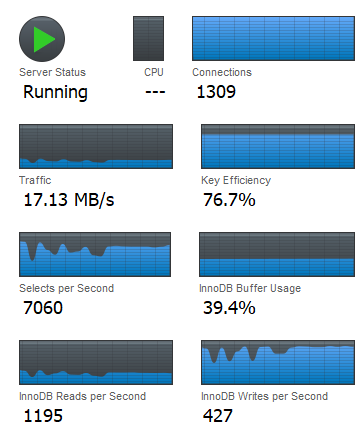MongoDB Cluster In Kubernetes(1): Install MongoDB Ops Manager
It's pretty easy to configure a MongoDB standalone instance (almost zero configuration). However, if you want to run a production-level MongoDB cluster, the configuration process is non-trivial. For a production cluster, replication/sharding/dyanmic scaling/backup/transport encryption/monitoring are required. Is there a nice tool to help us?
MongoDB cluster is a distributed system, which is well suited to run
in Kubernetes. However, the collaboration of MongoDB instances usually
need to manually run commands on each instance which is independent of
Kubernetes. Therefore,
MongoDB Enterprise Kubernetes Operator is developed to
mitigate the gap. Morever, MongoDB Ops Manager is a great
web portal to help these automation tasks.
The whole deployment and configure process is a little bit long, I wrote a series of small pieces to make each of them compact and easy to follow:
- Install MongoDB Ops Manager
- Create a UserDB ReplicaSet
- Expose UserDB to Public
- Openssl Generates Self-signed Certificates
- Enable UserDB TLS and Auth
Prerequisites
- Have a Kubernetes cluster
- Basic understanding of MongoDB
- Basic understanding of Kubernetes deployment/service/statefulset
- Familiar with kubectl operations
This is part1, we first introduce the
MongoDB Ops Manager components, then install it into your
Kubernetes cluster.
